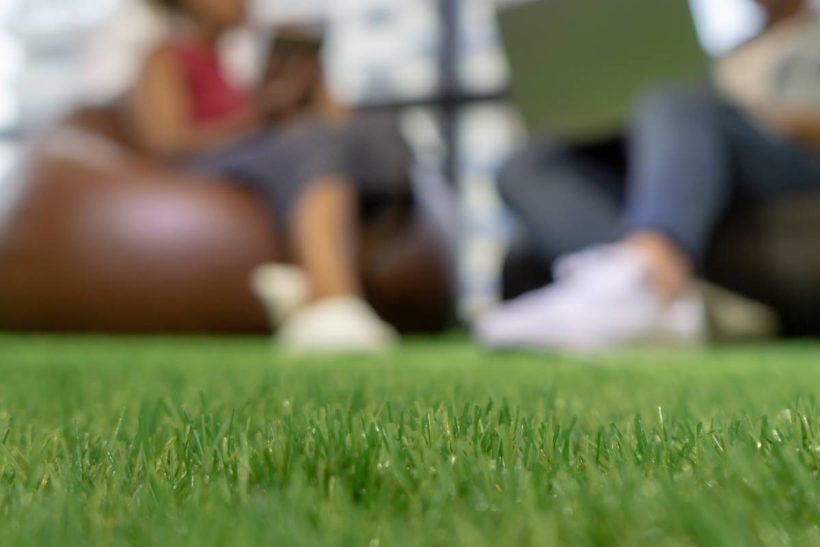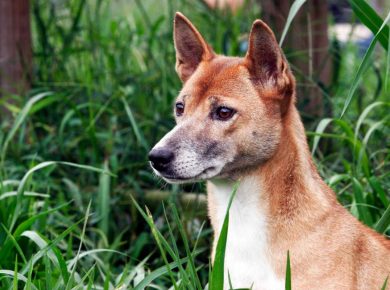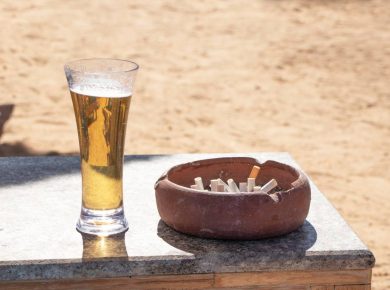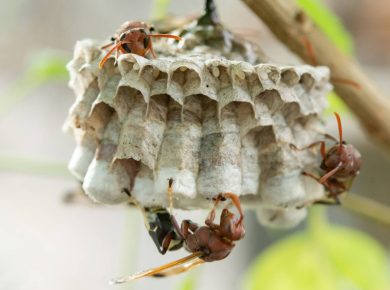When it comes to creating a lush, inviting lawn, homeowners often face one major question — should you go with artificial grass or stick with real turf? Both have their own benefits, costs, and maintenance requirements. Choosing between them depends on your lifestyle, budget, climate, and how you plan to use your outdoor space.
In this guide, we’ll compare artificial and real grass across key factors such as appearance, maintenance, cost, durability, and environmental impact, so you can decide which one suits your home best.
1. Appearance and Feel
The look and feel of your lawn play a big role in your home’s overall appeal.
Real Grass:
There’s no denying the natural beauty of real turf. Its soft texture, fresh scent, and changing hues through the seasons give a sense of life and freshness that artificial options struggle to match. Real grass cools naturally underfoot, and when properly cared for, it provides that lush, vibrant green that many homeowners love.
Artificial Grass:
High-quality synthetic grass has come a long way in recent years. Modern varieties are designed to mimic real grass with varying blade lengths, colours, and textures, offering a realistic look from a distance. However, it can still feel slightly artificial underfoot, especially during hot weather when it tends to heat up more than natural grass.
Verdict:
If authenticity and a natural feel are important to you, real grass wins. But if you prefer a consistent green look all year without worrying about seasonal changes, artificial turf is a strong contender.
2. Maintenance Requirements
Maintenance is one of the biggest deciding factors for many homeowners.
Real Grass:
Real lawns need regular attention. This includes mowing, watering, fertilising, aerating, and occasionally re-turfing bare patches. During summer, watering can become a major task, especially in Australia’s dry climate. Additionally, pests and weeds may require ongoing treatment.
Artificial Grass:
Synthetic grass is extremely low-maintenance. There’s no mowing, fertilising, or watering required. You may need to occasionally brush the surface to lift the blades and hose it down to remove dust or debris. For households with pets, a quick rinse and sanitiser may be needed to keep odours at bay.
Verdict:
If you’re short on time or want a low-effort lawn, artificial grass is the clear winner. However, those who enjoy garden work and don’t mind the upkeep may find the maintenance of real grass rewarding.
3. Cost Considerations
Budget is another major factor when choosing between artificial and real turf.
Installation Costs:
Artificial grass typically costs more upfront due to the materials and installation process, which involves levelling, adding a base layer, and securing the synthetic turf. Real grass, especially roll-on turf, is cheaper to install.
Ongoing Costs:
Real grass comes with ongoing expenses for water, fertiliser, lawnmower fuel, and maintenance tools. Artificial turf, on the other hand, has minimal ongoing costs — just the occasional cleaning or infill top-up.
Verdict:
While artificial turf is more expensive initially, it may save money in the long run due to reduced maintenance. Real grass is cheaper upfront but can become costlier over time, particularly in areas that require heavy irrigation.
4. Durability and Lifespan
Your lawn’s ability to withstand daily wear and tear is especially important for families, pet owners, or anyone who uses their yard frequently.
Real Grass:
Natural grass can be resilient, but it’s sensitive to climate and usage. Too much foot traffic can cause thinning and bare patches, while drought or overwatering can harm growth. Certain turf varieties, like Sir Walter Buffalo or Zoysia, are bred to handle heavy use and Australian conditions better than others.
Artificial Grass:
Synthetic turf is built to last. It can handle high traffic, rough play, and pets without wearing down quickly. Quality artificial lawns can last up to 15–20 years with proper care, though UV exposure may cause slight fading over time.
Verdict:
For durability, artificial grass takes the lead — especially for high-use areas like play zones or dog runs. However, with the right turf variety and proper maintenance, real grass can still perform well and last many years.
5. Comfort and Temperature
Australia’s warm climate makes surface temperature a significant factor when choosing your lawn type.
Real Grass:
Natural turf remains cooler even during hot days because it retains moisture and transpires water through its blades. This makes it comfortable to walk or play on, even under direct sunlight.
Artificial Grass:
Synthetic turf can heat up significantly in the sun, reaching temperatures that are uncomfortable for bare feet or pets. This can be mitigated by choosing lighter-coloured turf or installing shade structures, but it’s still something to consider.
Verdict:
Real grass is the better option for temperature comfort, especially in sunny backyards or outdoor play areas.
6. Environmental Impact
Many homeowners today consider the environmental effects of their choices.
Real Grass:
Natural lawns produce oxygen, absorb carbon dioxide, and reduce heat in urban environments. They also support biodiversity by providing a habitat for insects and small creatures. However, they require water and sometimes chemical fertilisers, which can impact sustainability.
Artificial Grass:
Artificial turf eliminates the need for water, pesticides, and fertilisers, which seems eco-friendly at first. However, because it’s made from plastic materials, it doesn’t support soil health or wildlife. At the end of its life, disposal can be challenging since synthetic materials are not biodegradable.
Verdict:
Real grass is more environmentally beneficial overall, particularly when managed sustainably — for instance, by using organic fertilisers and efficient watering systems.
7. Suitability for Pets and Children
Your household’s needs are also key to deciding which lawn type to choose.
Real Grass:
Pets and kids love the feel of real grass. It’s soft, safe, and natural. However, muddy patches and grass stains can be a hassle, and some areas may wear down under heavy use.
Artificial Grass:
Artificial turf is highly pet-friendly, as it’s durable and easy to clean. Many synthetic grass products come with drainage layers that make washing away pet messes simple. It also prevents muddy paws — a big plus for homeowners. However, on very hot days, pets might find the surface too warm.
Verdict:
For year-round usability and cleanliness, artificial turf is convenient. But for natural comfort and a safer play surface in the heat, real grass remains the favourite.
8. Aesthetic Flexibility
Whether you’re after a pristine garden look or a natural, rustic vibe, both grass types offer different aesthetic possibilities.
Real Grass:
Natural lawns adapt beautifully to seasonal changes and complement garden landscapes with trees, flowers, and shrubs. They enhance the overall look and feel of your property with an organic touch.
Artificial Grass:
Synthetic lawns maintain a neat, uniform look all year — perfect for homeowners who want a polished garden without the effort. It’s also ideal for shaded areas or rooftops where natural grass might struggle to grow.
Verdict:
Choose real grass for a more organic, evolving landscape, or artificial turf for a perfectly manicured appearance every day of the year.
9. Installation Process
Real Grass:
Installing real turf involves preparing the soil, levelling the area, and laying down turf rolls. It establishes relatively quickly if watered and cared for properly, and you can choose from various turf types suited to your climate and soil conditions.
Artificial Grass:
Installing synthetic turf requires groundwork too — removing existing soil, adding a crushed rock base, installing weed barriers, and then laying and securing the turf. It’s usually completed faster than waiting for natural grass to grow, and once installed, it’s instantly usable.
Verdict:
Both installation methods require preparation, but artificial turf offers instant usability. Real grass, however, provides lasting rewards as it grows into your soil.
Final Verdict: Which One Is Right for You?
Choosing between artificial and real grass ultimately depends on your lifestyle and preferences.
-
Choose Artificial Grass if:
You want a low-maintenance, evergreen lawn that withstands heavy use and requires minimal upkeep. It’s ideal for small yards, pet runs, or areas with poor growing conditions. -
Choose Real Grass if:
You value a natural, cool, and environmentally friendly lawn that enhances your garden’s health and beauty. It’s the best choice for families who enjoy gardening, outdoor play, and a living landscape.
If you decide that the natural charm of real grass is right for your home, it’s essential to choose high-quality turf and professional installation. Direct Turf offers a wide range of premium grass varieties across Sydney — from drought-tolerant Buffalo and Zoysia to fast-establishing Couch. Their expert team can help you select the perfect turf type for your soil and lifestyle, ensuring your lawn stays green, healthy, and beautiful all year round.
In Conclusion
Artificial and real grass both have their merits, but the best choice depends on how you use your outdoor space and how much time you want to dedicate to maintenance. With thoughtful consideration and quality installation — especially with trusted suppliers like Direct Turf — you can create the perfect lawn that complements your home and lifestyle for years to come.










